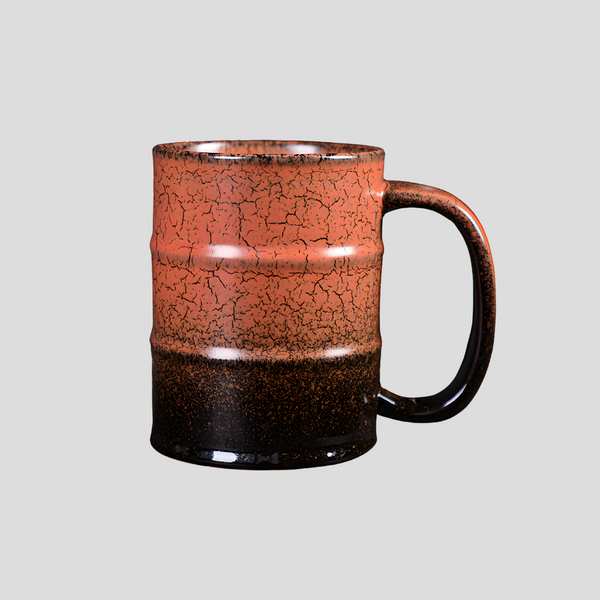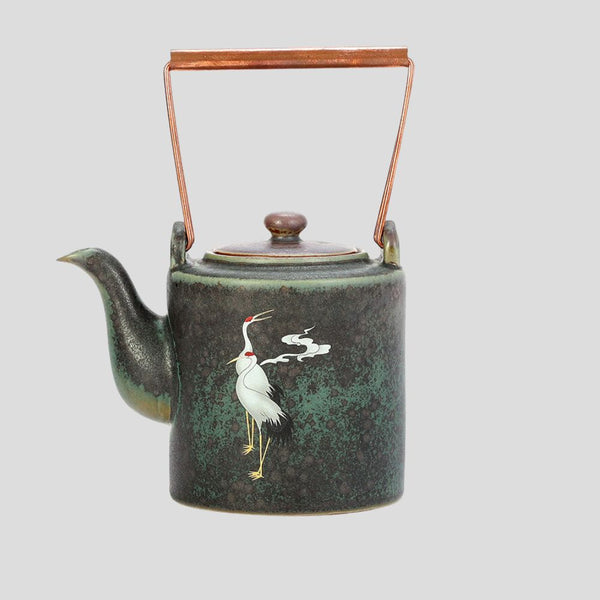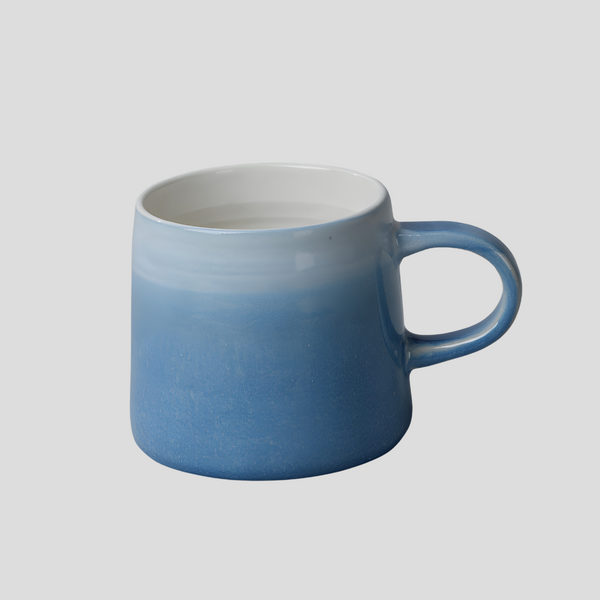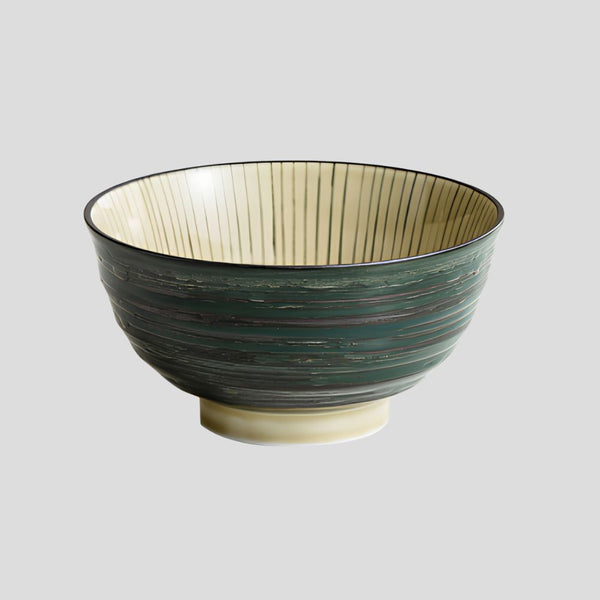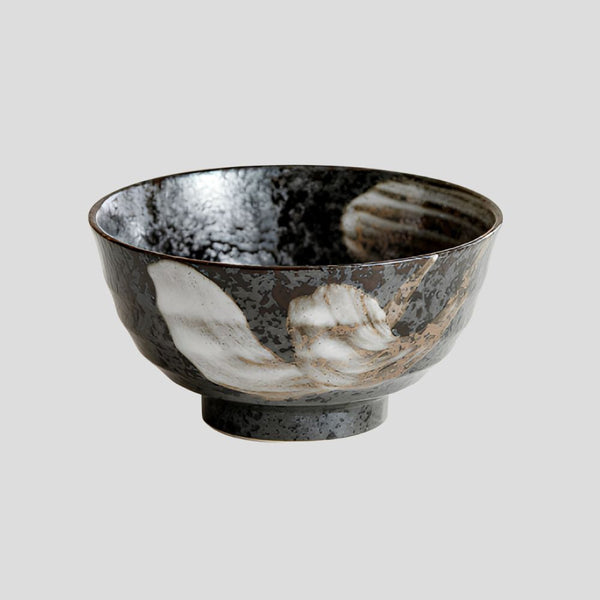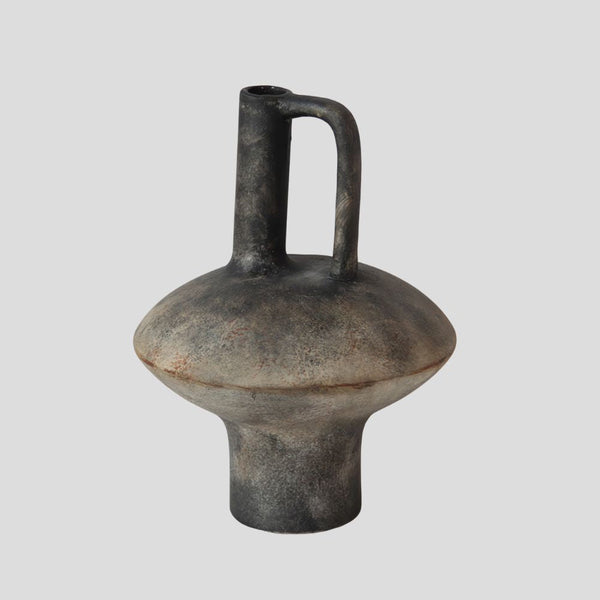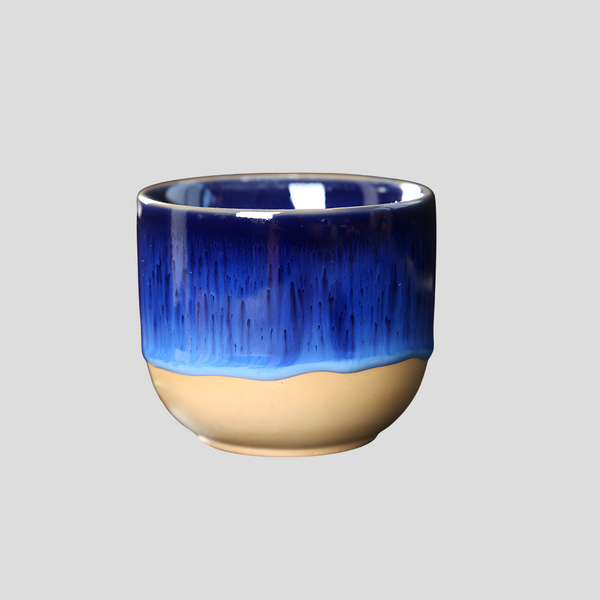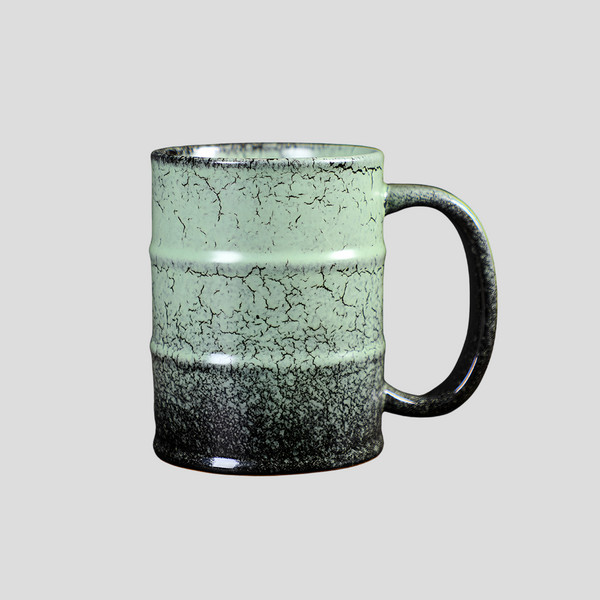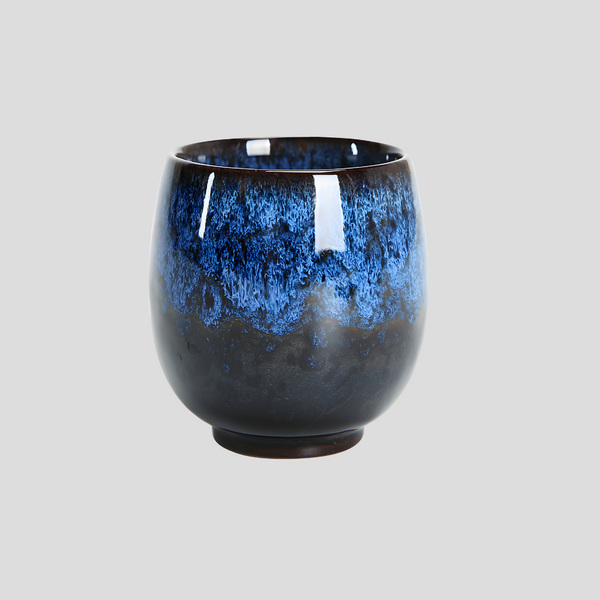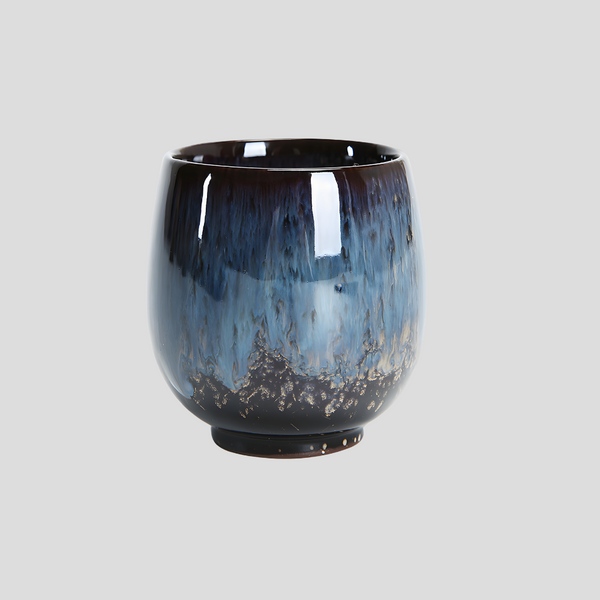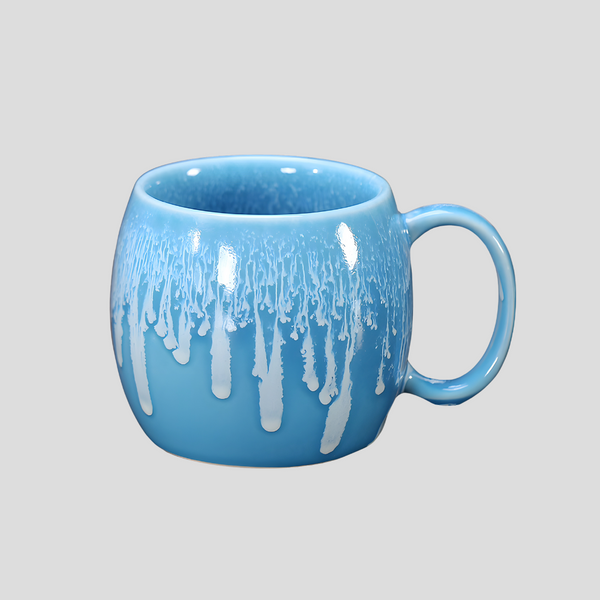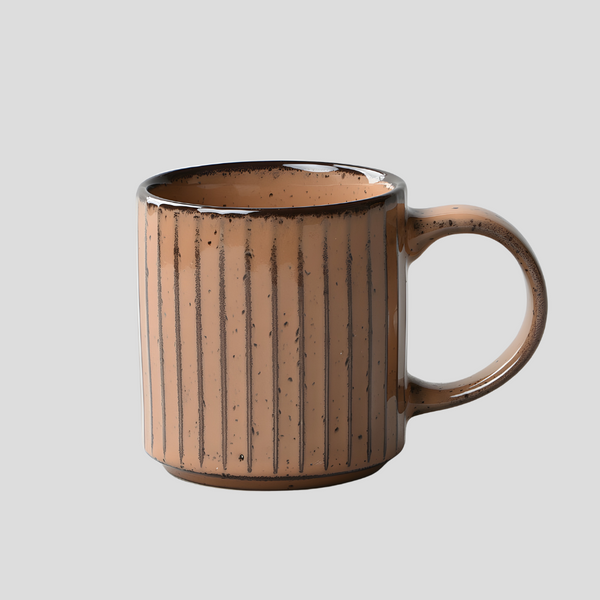
Ceramics Creation Without a Kiln: Alternative Techniques
Ceramics Creation Without a Kiln: Alternative Techniques
Creating ceramics is a craft that dates back thousands of years, traditionally relying on a kiln to harden the clay into durable, usable objects. However, not everyone has access to a kiln, due to their size, cost, and the technical skill required to operate them. Fortunately, there are alternative techniques for hardening clay at home or in a small studio setting without a kiln. These methods can open up the world of ceramics to beginners and those working on a smaller scale or with limited budgets.
Pit Firing
Pit firing is one of the oldest methods of firing clay and can be done without a conventional kiln. This technique involves digging a pit in the ground, placing the dried clay pieces inside, covering them with combustible materials like wood, and then lighting it on fire. The pieces are left to bake overnight under the ashes. While this method doesn't reach the same temperatures as kiln firing, it can still produce beautiful, albeit more fragile, pieces with earthy tones and unique surface effects.
Raku Firing
Raku firing is a Japanese technique that has been adapted by artists worldwide for its dramatic firing and cooling process. While traditionally, raku requires a specialized kiln, it can be modified for use without one. Instead, a metal trash can or a similar container can be used as a makeshift kiln. The ceramic pieces are heated using a propane torch until they are glowing red. They are then removed and placed into containers with combustible materials like sawdust or newspaper, which ignite and create an intense reduction atmosphere. This process can create stunning, unpredictable surface finishes, making raku a favorite among ceramic artists.
Oven Baking
Although conventional kitchen ovens cannot achieve the high temperatures needed for firing clay, they can be used to bake polymer clays and some air-dry clays that require lower temperatures to harden. These materials are great for small projects, crafts, and jewelry. Make sure to follow the manufacturer's instructions for the specific type of clay you are using, as temperatures and times can vary widely.
Barrel Firing
Similar to pit firing, barrel firing is an alternative technique that involves using a large metal barrel as a container for the fire. The process includes layering the ceramics with organic materials, such as wood chips and leaves, and then igniting them. The barrel helps contain the heat, somewhat replicating a kiln's atmosphere. The results are often marked by smoky patterns and flashes of color, offering a distinct look that is highly prized in certain styles of ceramics.
Microwave Kiln
A relatively modern innovation, microwave kilns are small, kiln-like devices that fit inside a standard microwave oven. They use the microwave's energy to generate temperatures high enough to fire small pieces of clay, glass, or metal clay. While the size of pieces you can fire is limited by the kiln's compact dimensions, this method is an affordable and accessible option for hobbyists looking to experiment with ceramics firing at home.
Exploring ceramics creation without a traditional kiln can be a fulfilling endeavor, giving artists the freedom to work in spaces that can't accommodate a full-sized kiln and to experiment with ancient and alternative firing techniques. Each method offers unique results, textures, and finishes, broadening the potential for creativity in ceramic work.

